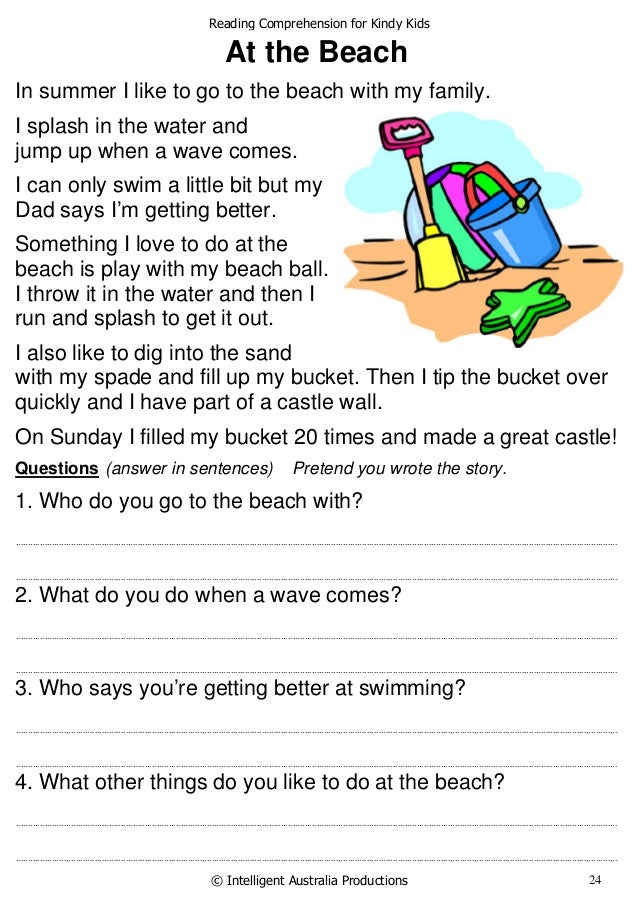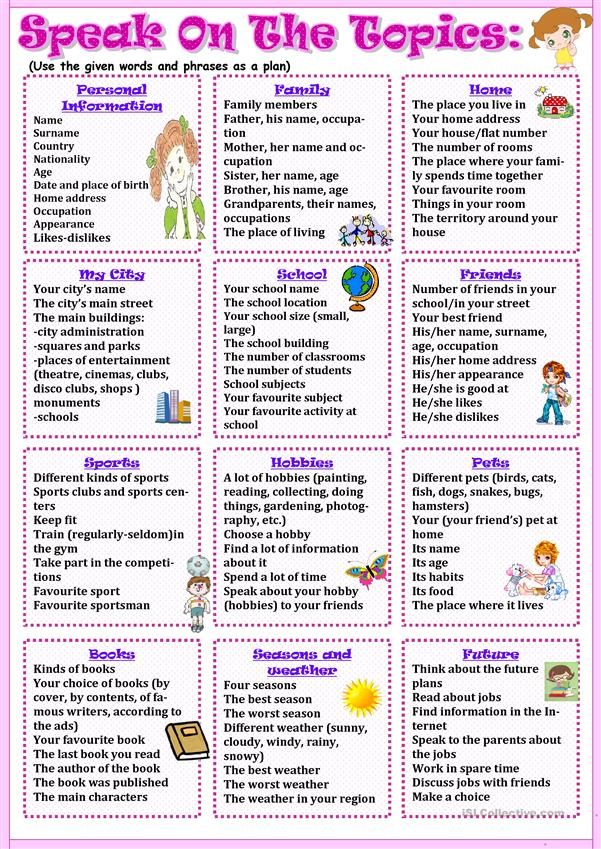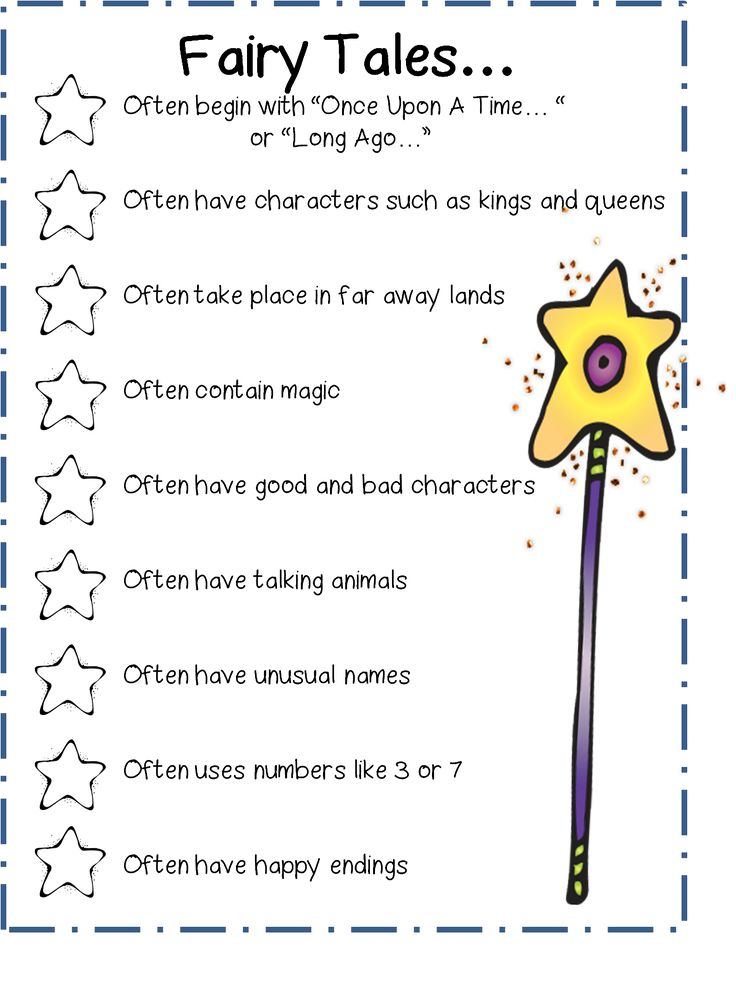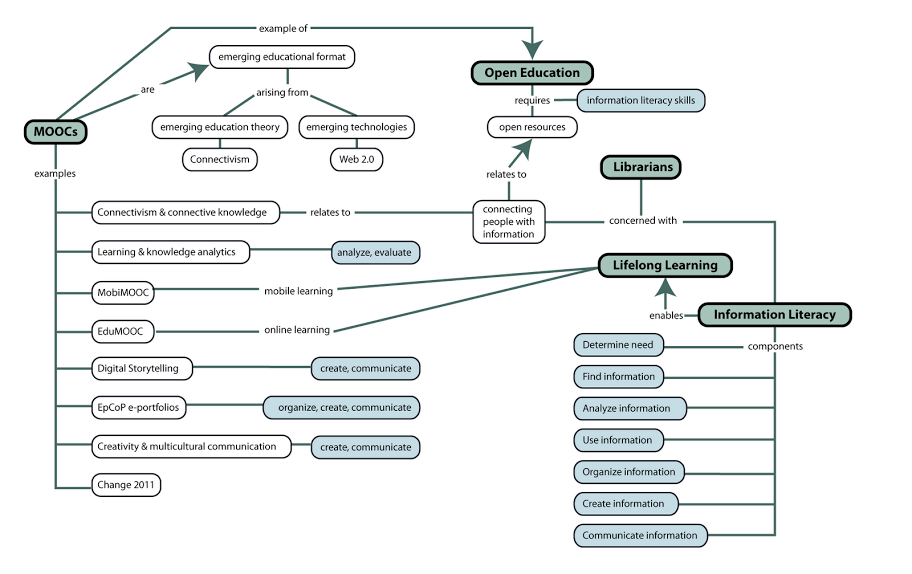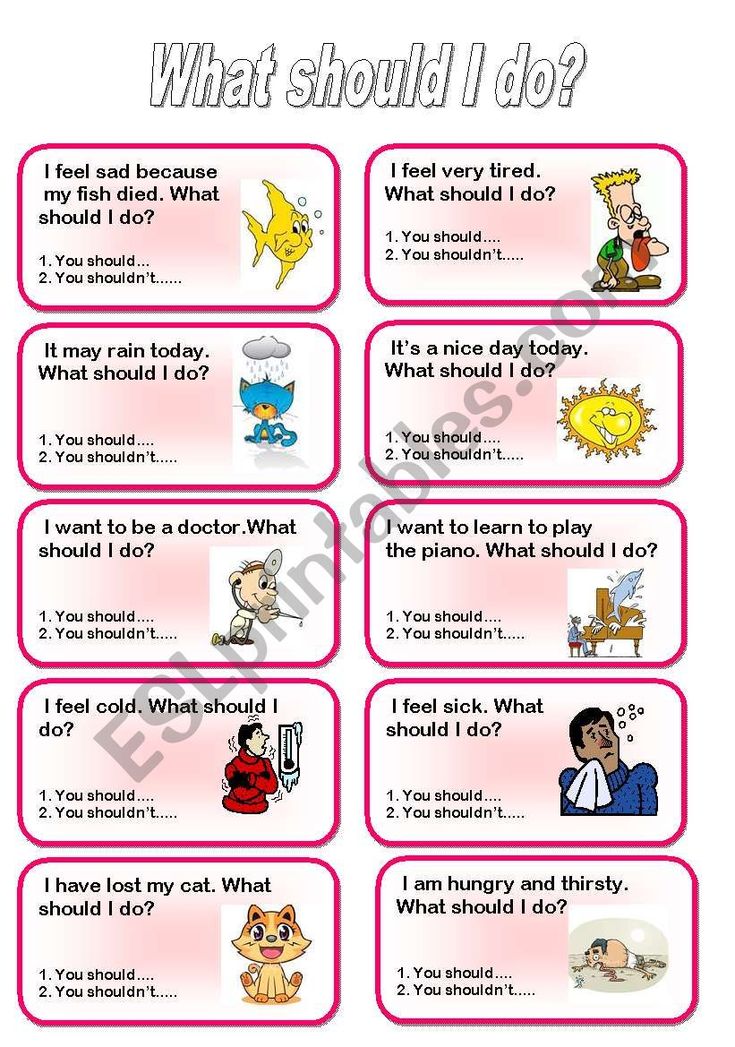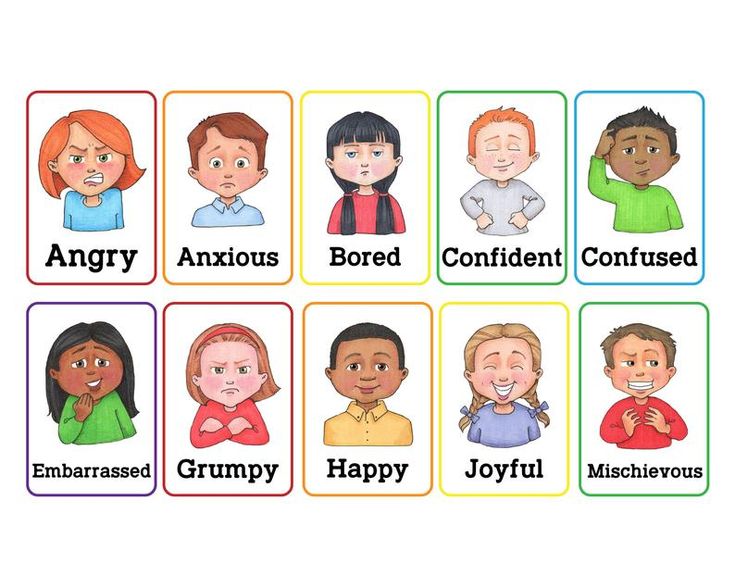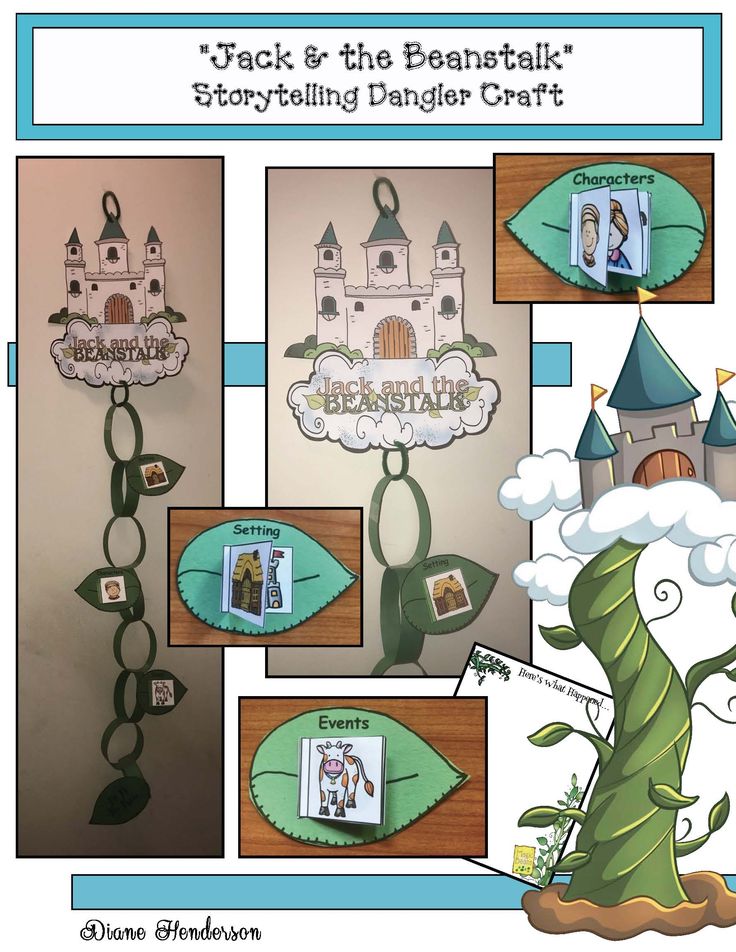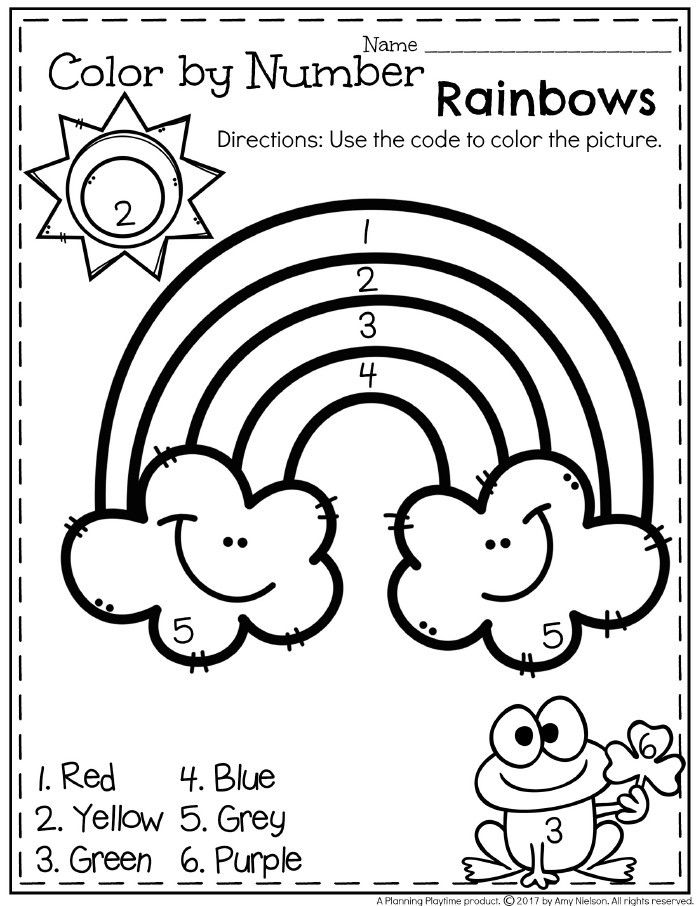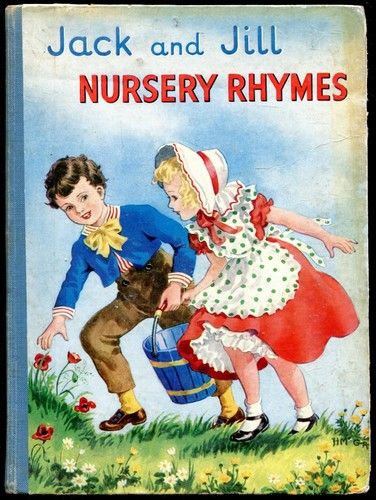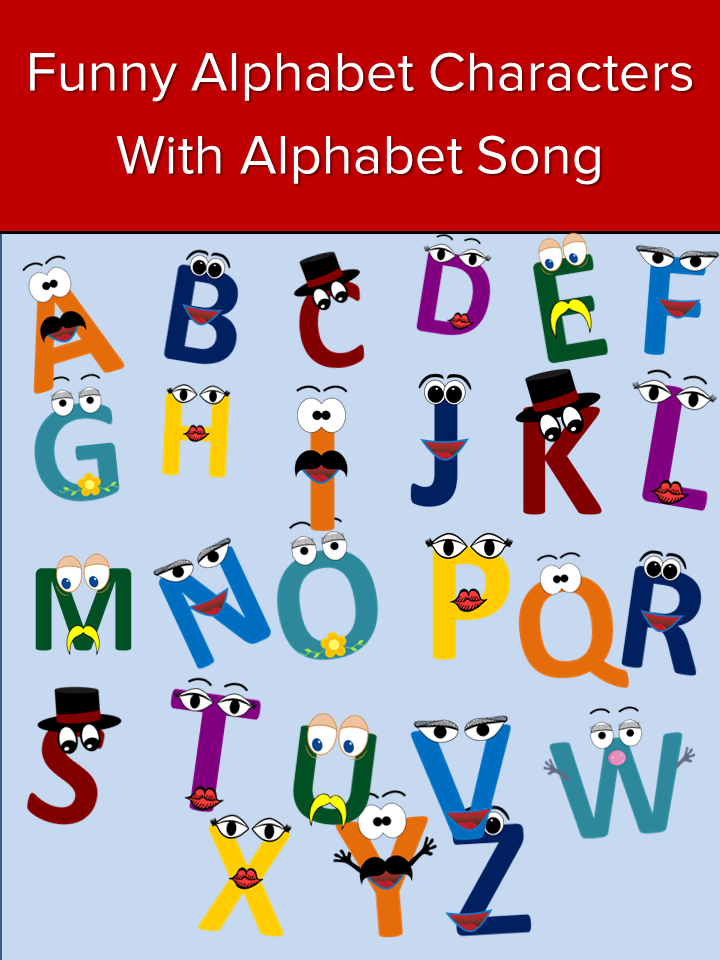How to read kids
10 Easy Steps to Teach Kids to Read
Teachers want their students to be successful in life, and one of the most important things for a child’s future is literacy. Reading is the foundation for all learning, and kids must learn how to read as early as possible. But teaching kids to read can be a daunting task – especially if you don’t know where to start.
Don’t worry, though! We’ve got you covered. This blog post will outline ten simple steps to help teachers teach kids to read. But first, let’s take a look at why reading is so essential.
Take me straight to the 10 easy steps!
Why is Reading Important?Related Reading: Best Teaching Strategies for 2022
Reading is one of the essential skills a person can possess. It is necessary for success in school, and it is a prerequisite for many careers. In addition, reading allows people to learn about new things, explore other cultures, and understand the world around them.
So, how can teachers help their children become readers? Let’s discuss some fantastic techniques!
How to Teach Kids to Read: 10 Easy Steps1. Start With Phonemic AwarenessPhonemic awareness is the ability to hear, identify, and manipulate the individual sounds in words. This is an essential skill for reading, and it can be taught very early on. In fact, many schools start teaching phonemic awareness as early as kindergarten.
There are several activities that teachers can use to help kids develop phonemic awareness. For example, teachers can have students clap out the sounds in words, identify and spell rhyming words, and segment words into individual sounds.
2. Teach Sight Words<a href=httpsinpinterestcompin112660428164454352 title=Image source >Image source <a>Sight words are the most common words in the English language, and they must be learned to read fluently. Teaching sight words can be tricky because there is no one set way to do it. However, there are a few general tips that teachers can follow.
However, there are a few general tips that teachers can follow.
One of the best ways to teach sight words is to use flashcards. Flashcards allow students to see and say the word several times, which helps them learn it better. In addition, teachers can use games and activities to help students learn sight words.
3. Introduce Letter SoundsLetter sounds are the individual sounds that letters make. Teaching letter sounds is another essential step in teaching kids to read. This can be done in various ways, but one of the most effective methods is to use flashcards.
Teachers can also use songs and rhymes to help students learn letter sounds. Songs and rhymes are fun to learn, and they allow students to remember information better.
4. Teach Word FamiliesWord families are groups of words that have the same ending letter sound. Teaching word families is a great way to help kids learn new words. In addition, it helps them understand how words are related to each other.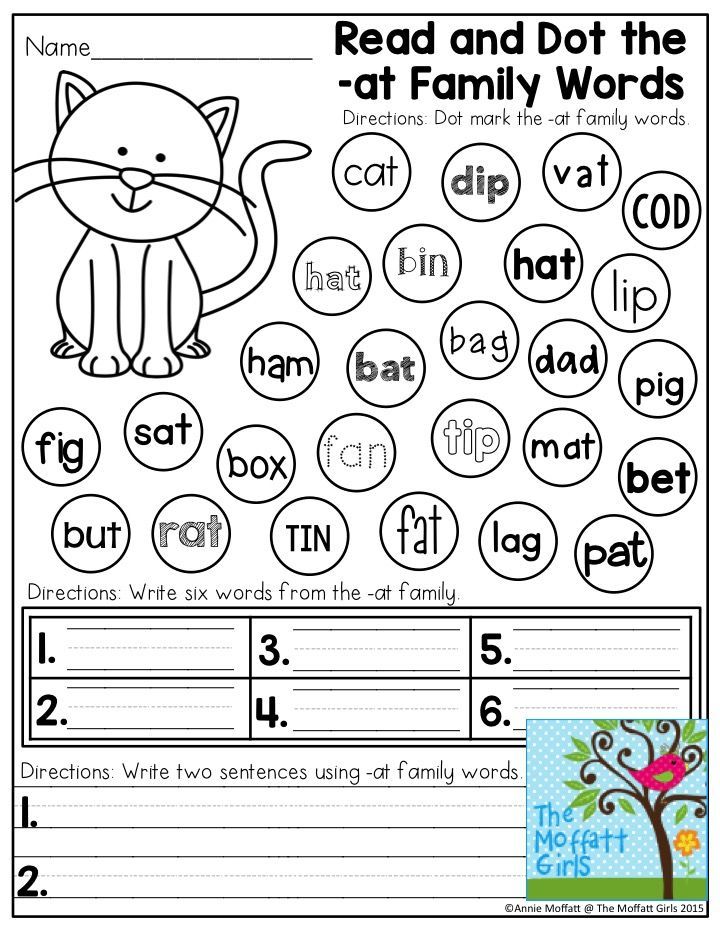
There are several ways that teachers can teach word families. One way is to use flashcards. Another way is to use word family charts. Charts allow students to see how the different words are related to each other.
5. Use Stories to Teach ReadingStories are a great way to teach kids to read. They provide contextual clues and help kids understand what they are reading. In addition, stories are fun and exciting, which helps kids stay engaged in the learning process.
6. Make Reading Fun with Games<a href=httpswwwsplashlearncomelareading games title=Reading games on SplashLearn >Reading games on SplashLearn <a>One of the best ways to get kids interested in reading is to make it fun. Try different activities such as reading aloud, reading together, and reading challenges.
In addition, let kids read books they are interested in and provide various reading materials such as magazines, comics, and books. There are also different reading games offered by SplashLearn that can make reading more fun for kids.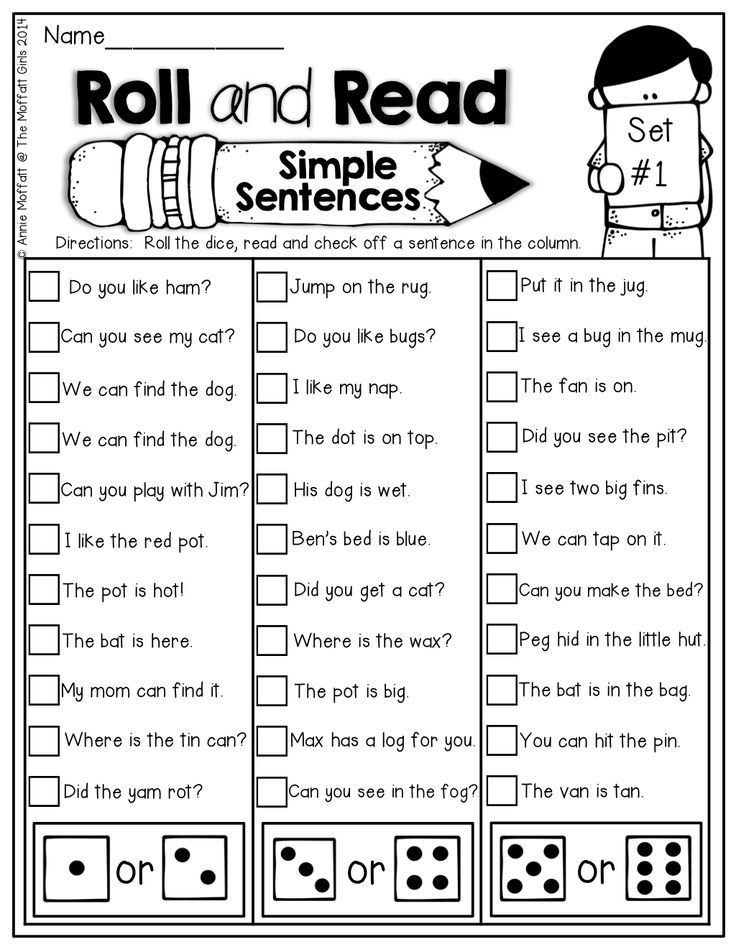
Kids learn to read best when they are allowed to practice and experiment independently. Encourage your child to read independently by setting aside time each day to read and provide various materials. Be sure to praise your child for their efforts and successes, no matter how small.
8. Help Kids Understand What They Are ReadingOne of the most important things you can do as a parent is to help your child understand what they are reading. This can be done by asking questions about the text, discussing the characters and plot, and connecting what is read to the child’s own experiences.
Related Reading: Benefits of Reading Aloud in Classrooms9. Teach Kids to Use Context Clues
Context clues are words or phrases in a text that help explain the meaning of unknown words. Teaching kids to use context clues is an essential step in reading comprehension.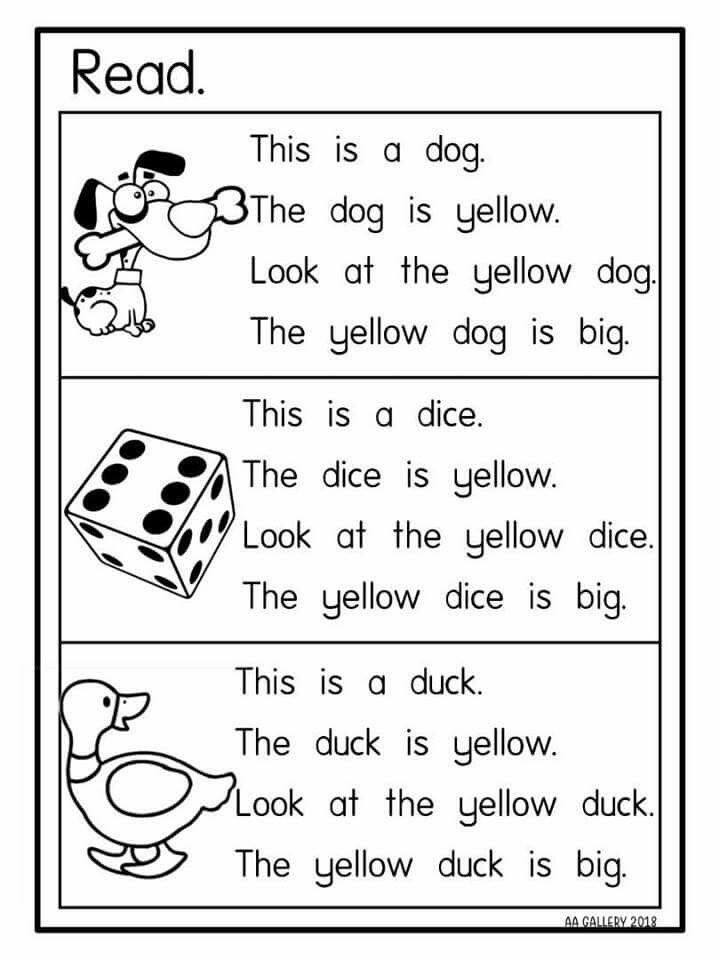
There are several ways that teachers can help students learn how to use context clues. One way is to provide them with a list of context clue words. Another way is to use word maps. Word maps help students see how the different parts of a word are related to each other.
10. Monitor Kids’ Reading ProgressIt is crucial to monitor your child’s reading progress and make sure they are making adequate progress. One way to do this is to keep track of what words your child can read and what words they are still working on. In addition, be sure to ask your child questions about the text they are reading to check their comprehension.
Let’s Read!With these ten simple steps, you can help kids become a reader in no time! Reading is an essential life skill, and with the right tools and techniques, you can make sure your child masters it. Be sure to praise your students for their efforts and successes, and don’t forget to have fun while reading together!
Related Reading: How to Build Effective Project-Based Learning Plans for ClassroomsFrequently Asked Questions (FAQs)
How can I help my students understand what they are reading?
One of the best ways to help kids understand what they are reading is to discuss the text with them. Ask questions about the characters and plot, and connect what is read to the child’s own experiences. In addition, please provide them with a list of context clue words.
Ask questions about the characters and plot, and connect what is read to the child’s own experiences. In addition, please provide them with a list of context clue words.
When do you consider a child to be a reader?
There is no one answer to this question, as reading proficiency varies from child to child. However, a good rule of thumb is to consider a child to be a reader when they are able to read fluently and understand what they are reading.
How can poems entice reluctant readers?
Poems can be a great way to get reluctant readers interested in reading. One way to do this is to read the poem aloud and have students follow along. In addition, ask questions about the poem to help students understand it better. Finally, connect the poem to the child’s own experiences.
What are some reading strategies that can help my students?
There are a variety of reading strategies that can help students become better readers. Some strategies include using context clues, asking questions about the text, and monitoring reading progress.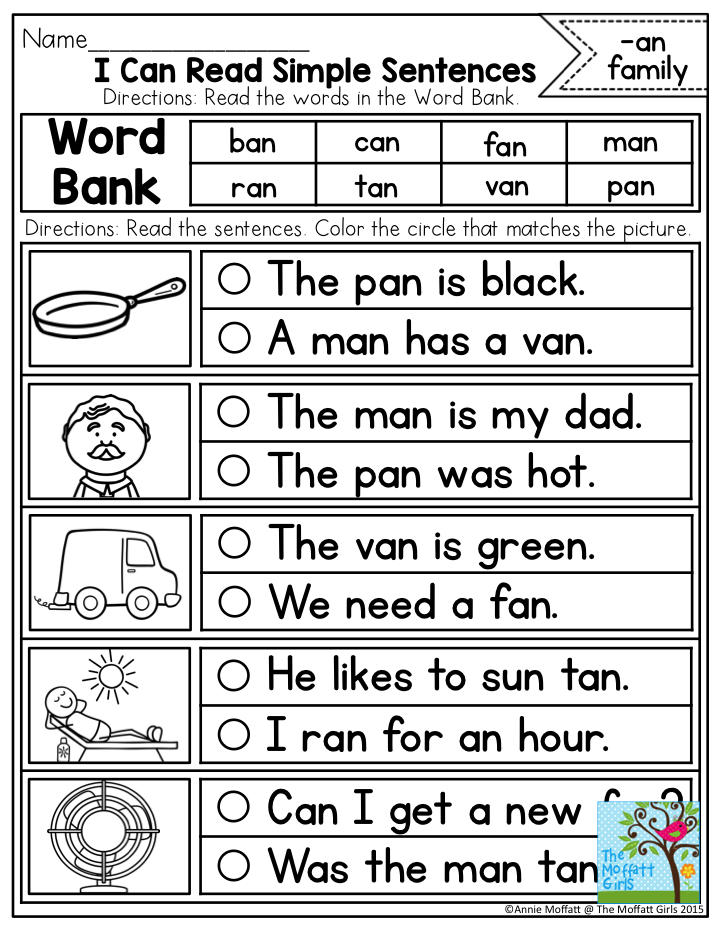 In addition, teachers can use word maps to help students see how the different parts of a word are related to each other.
In addition, teachers can use word maps to help students see how the different parts of a word are related to each other.
How can phonological awareness help children become better readers?
Phonological awareness is the ability to hear and identify the individual sounds that makeup words. Teaching phonological awareness is an essential step in reading instruction. There are a variety of ways that teachers can help students learn about phonology. One way is to provide students with word cards. Another way is to use phonemic cueing.
What should I do if my students are struggling with reading?
If your students are struggling with reading, it is important to find out the root of the problem. One way to do this is by using a reading assessment. Once the problem has been identified, teachers can provide students with the appropriate interventions. In addition, it is important to monitor the child’s progress and make sure they are making adequate progress.
Is silent reading better for students than reading aloud?
Some students prefer silent reading, while others prefer reading aloud.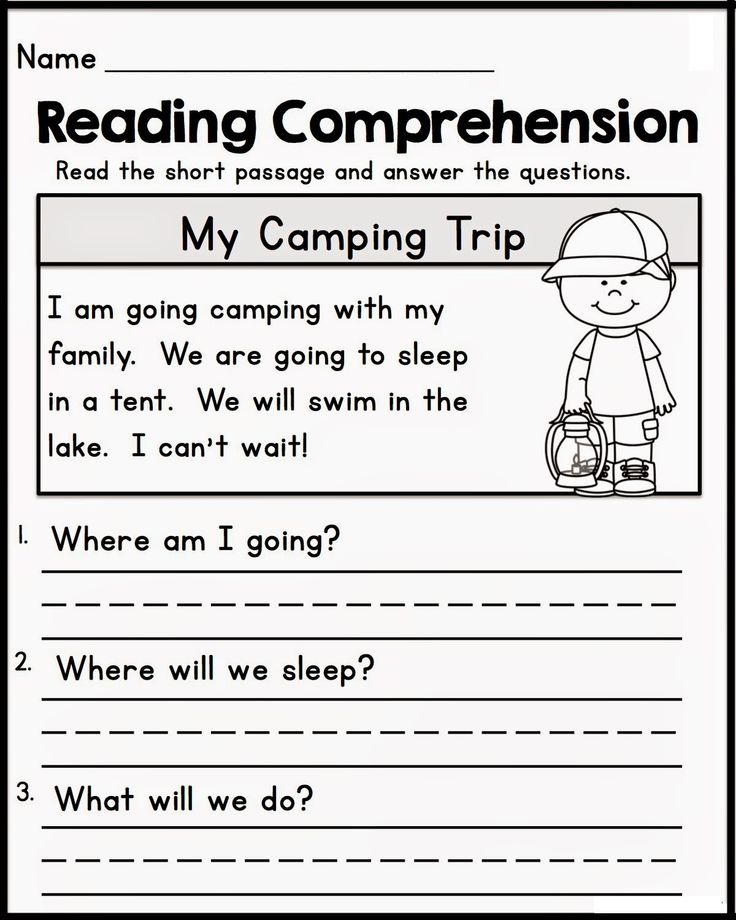 It is important to allow students to choose the type of reading that works best for them. However, teachers need to provide both types of reading so that all students have the opportunity to experience both.
It is important to allow students to choose the type of reading that works best for them. However, teachers need to provide both types of reading so that all students have the opportunity to experience both.
9 Fun and Easy Tips
With the abundance of information out there, it can seem like there is no clear answer about how to teach a child to read. As a busy parent, you may not have time to wade through all of the conflicting opinions.
That’s why we’re here to help! There are some key elements when it comes to teaching kids to read, so we’ve rounded up nine effective tips to help you boost your child’s reading skills and confidence.
These tips are simple, fit into your lifestyle, and help build foundational reading skills while having fun!
Tips For How To Teach A Child To Read
1) Focus On Letter Sounds Over Letter Names
We used to learn that “b” stands for “ball.” But when you say the word ball, it sounds different than saying the letter B on its own.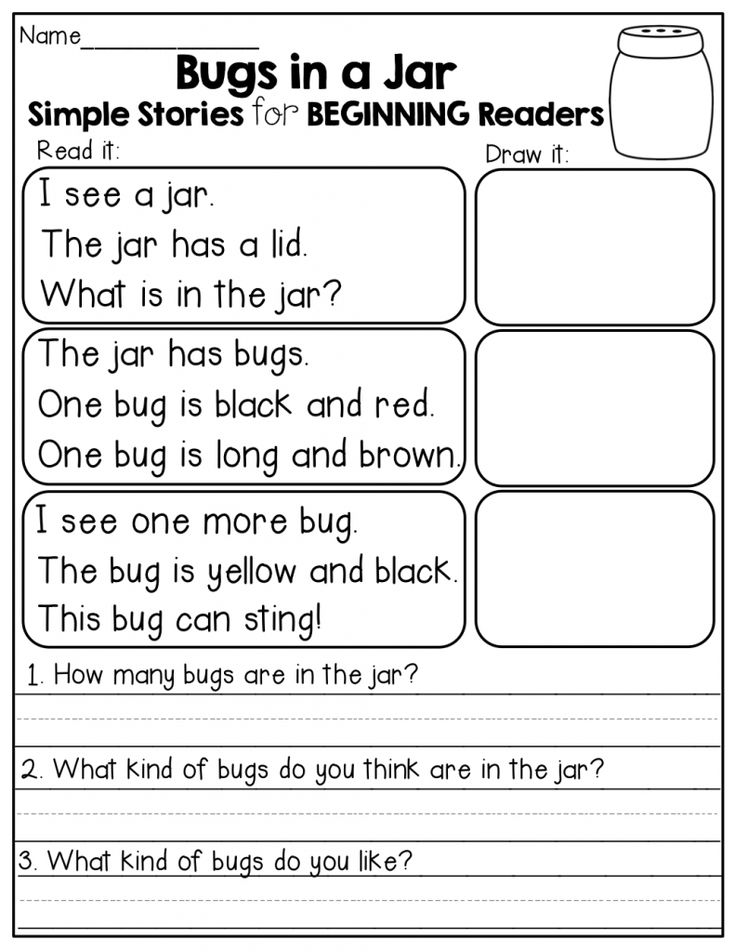 That can be a strange concept for a young child to wrap their head around!
That can be a strange concept for a young child to wrap their head around!
Instead of focusing on letter names, we recommend teaching them the sounds associated with each letter of the alphabet. For example, you could explain that B makes the /b/ sound (pronounced just like it sounds when you say the word ball aloud).
Once they firmly establish a link between a handful of letters and their sounds, children can begin to sound out short words. Knowing the sounds for B, T, and A allows a child to sound out both bat and tab.
As the number of links between letters and sounds grows, so will the number of words your child can sound out!
Now, does this mean that if your child already began learning by matching formal alphabet letter names with words, they won’t learn to match sounds and letters or learn how to read? Of course not!
We simply recommend this process as a learning method that can help some kids with the jump from letter sounds to words.
2) Begin With Uppercase Letters
Practicing how to make letters is way easier when they all look unique! This is why we teach uppercase letters to children who aren’t in formal schooling yet.
Even though lowercase letters are the most common format for letters (if you open a book at any page, the majority of the letters will be lowercase), uppercase letters are easier to distinguish from one another and, therefore, easier to identify.
Think about it –– “b” and “d” look an awful lot alike! But “B” and “D” are much easier to distinguish. Starting with uppercase letters, then, will help your child to grasp the basics of letter identification and, subsequently, reading.
To help your child learn uppercase letters, we find that engaging their sense of physical touch can be especially useful. If you want to try this, you might consider buying textured paper, like sandpaper, and cutting out the shapes of uppercase letters.
Ask your child to put their hands behind their back, and then place the letter in their hands. They can use their sense of touch to guess what letter they’re holding! You can play the same game with magnetic letters.
3) Incorporate Phonics
Research has demonstrated that kids with a strong background in phonics (the relationship between sounds and symbols) tend to become stronger readers in the long-run.
A phonetic approach to reading shows a child how to go letter by letter — sound by sound — blending the sounds as you go in order to read words that the child (or adult) has not yet memorized.
Once kids develop a level of automatization, they can sound out words almost instantly and only need to employ decoding with longer words. Phonics is best taught explicitly, sequentially, and systematically — which is the method HOMER uses.
If you’re looking for support helping your child learn phonics, our HOMER Learn & Grow app might be exactly what you need! With a proven reading pathway for your child, HOMER makes learning fun!
4) Balance Phonics And Sight Words
Sight words are also an important part of teaching your child how to read. These are common words that are usually not spelled the way they sound and can’t be decoded (sounded out).
Because we don’t want to undo the work your child has done to learn phonics, sight words should be memorized. But keep in mind that learning sight words can be challenging for many young children.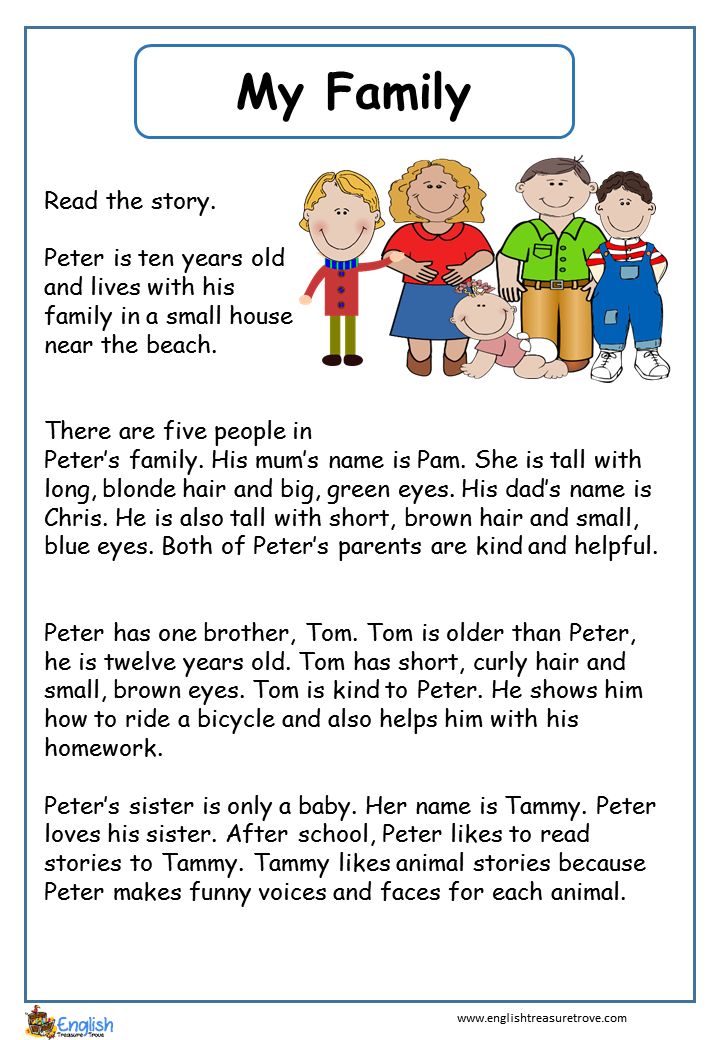
So, if you want to give your child a good start on their reading journey, it’s best to spend the majority of your time developing and reinforcing the information and skills needed to sound out words.
5) Talk A Lot
Even though talking is usually thought of as a speech-only skill, that’s not true. Your child is like a sponge. They’re absorbing everything, all the time, including the words you say (and the ones you wish they hadn’t heard)!
Talking with your child frequently and engaging their listening and storytelling skills can increase their vocabulary.
It can also help them form sentences, become familiar with new words and how they are used, as well as learn how to use context clues when someone is speaking about something they may not know a lot about.
All of these skills are extremely helpful for your child on their reading journey, and talking gives you both an opportunity to share and create moments you’ll treasure forever!
6) Keep It Light
Reading is about having fun and exploring the world (real and imaginary) through text, pictures, and illustrations. When it comes to reading, it’s better for your child to be relaxed and focused on what they’re learning than squeezing in a stressful session after a long day.
When it comes to reading, it’s better for your child to be relaxed and focused on what they’re learning than squeezing in a stressful session after a long day.
We’re about halfway through the list and want to give a gentle reminder that your child shouldn’t feel any pressure when it comes to reading — and neither should you!
Although consistency is always helpful, we recommend focusing on quality over quantity. Fifteen minutes might sound like a short amount of time, but studies have shown that 15 minutes a day of HOMER’s reading pathway can increase early reading scores by 74%!
It may also take some time to find out exactly what will keep your child interested and engaged in learning. That’s OK! If it’s not fun, lighthearted, and enjoyable for you and your child, then shake it off and try something new.
7) Practice Shared Reading
While you read with your child, consider asking them to repeat words or sentences back to you every now and then while you follow along with your finger.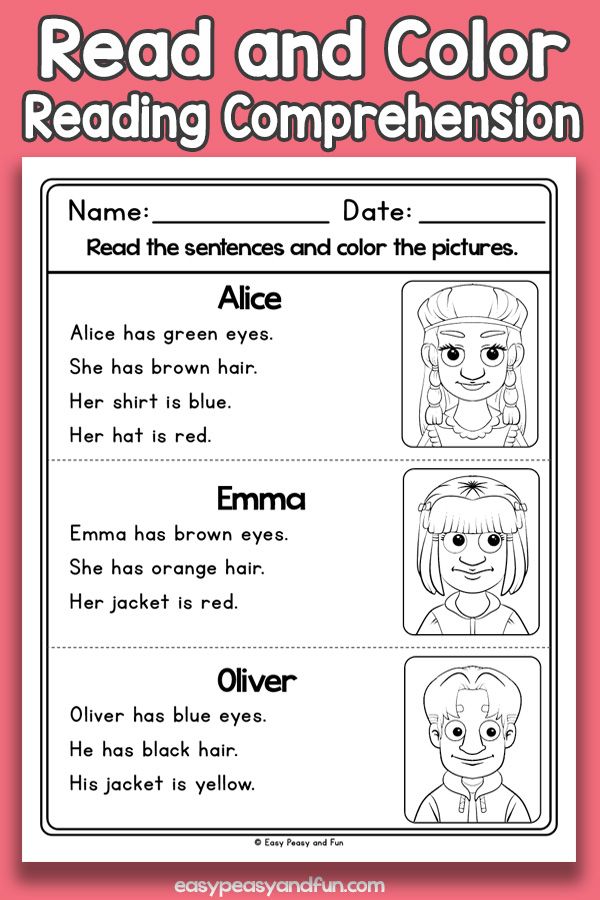
There’s no need to stop your reading time completely if your child struggles with a particular word. An encouraging reminder of what the word means or how it’s pronounced is plenty!
Another option is to split reading aloud time with your child. For emerging readers, you can read one line and then ask them to read the next. For older children, reading one page and letting them read the next page is beneficial.
Doing this helps your child feel capable and confident, which is important for encouraging them to read well and consistently!
This technique also gets your child more acquainted with the natural flow of reading. While they look at the pictures and listen happily to the story, they’ll begin to focus on the words they are reading and engage more with the book in front of them.
Rereading books can also be helpful. It allows children to develop a deeper understanding of the words in a text, make familiar words into “known” words that are then incorporated into their vocabulary, and form a connection with the story.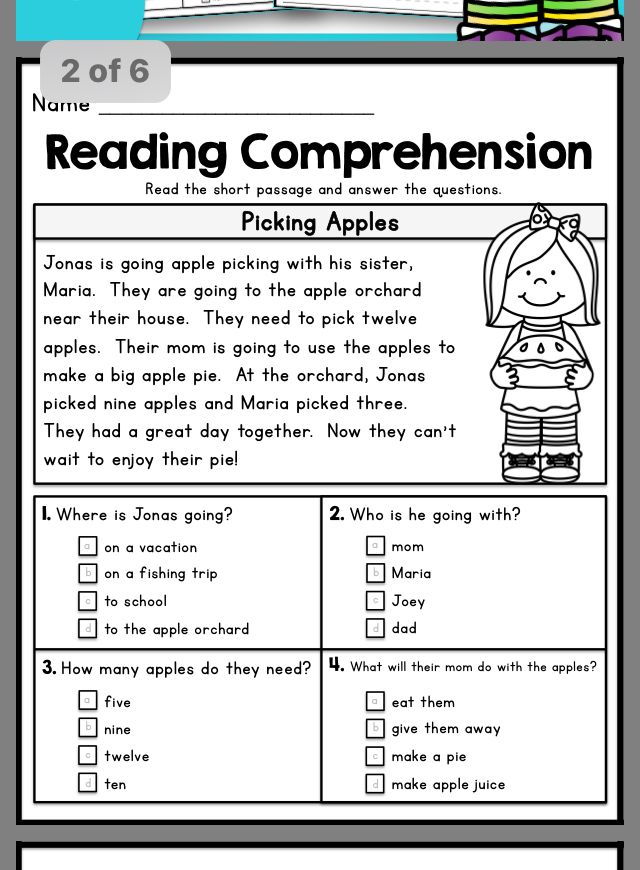
We wholeheartedly recommend rereading!
8) Play Word Games
Getting your child involved in reading doesn’t have to be about just books. Word games can be a great way to engage your child’s skills without reading a whole story at once.
One of our favorite reading games only requires a stack of Post-It notes and a bunched-up sock. For this activity, write sight words or words your child can sound out onto separate Post-It notes. Then stick the notes to the wall.
Your child can then stand in front of the Post-Its with the bunched-up sock in their hands. You say one of the words and your child throws the sock-ball at the Post-It note that matches!
9) Read With Unconventional Materials
In the same way that word games can help your child learn how to read, so can encouraging your child to read without actually using books!
If you’re interested in doing this, consider using PlayDoh, clay, paint, or indoor-safe sand to form and shape letters or words.
Another option is to fill a large pot with magnetic letters. For emerging learners, suggest that they pull a letter from the pot and try to name the sound it makes. For slightly older learners, see if they can name a word that begins with the same sound, or grab a collection of letters that come together to form a word.
As your child becomes more proficient, you can scale these activities to make them a little more advanced. And remember to have fun with it!
Reading Comes With Time And Practice
Overall, we want to leave you with this: there is no single answer to how to teach a child to read. What works for your neighbor’s child may not work for yours –– and that’s perfectly OK!
Patience, practicing a little every day, and emphasizing activities that let your child enjoy reading are the things we encourage most. Reading is about fun, exploration, and learning!
And if you ever need a bit of support, we’re here for you! At HOMER, we’re your learning partner.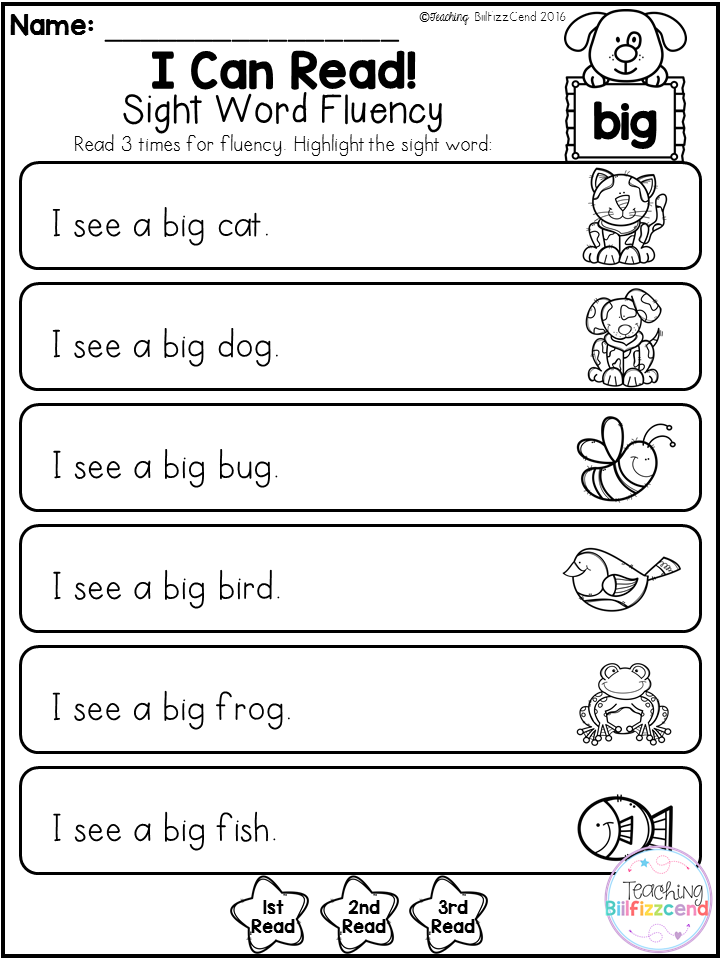 Start your child’s reading journey with confidence with our personalized program plus expert tips and learning resources.
Start your child’s reading journey with confidence with our personalized program plus expert tips and learning resources.
Author
How to read to children correctly so that they love books for life
Memories of how parents or grandparents read books to us in childhood are some of the warmest. And today we will tell you how to read to children so that they love books and do not consider reading a duty.
- 1 If the child is between 3 and 7 years old, offer him to choose a book himself - this will increase his self-esteem. If the child does not know what books are about, show him some covers and retell the content in a couple of sentences. You can recommend a book, but the choice should be his.
- 2 Don't ask little ones to listen to the reading for too long. Young children can maintain attention for just a few minutes.
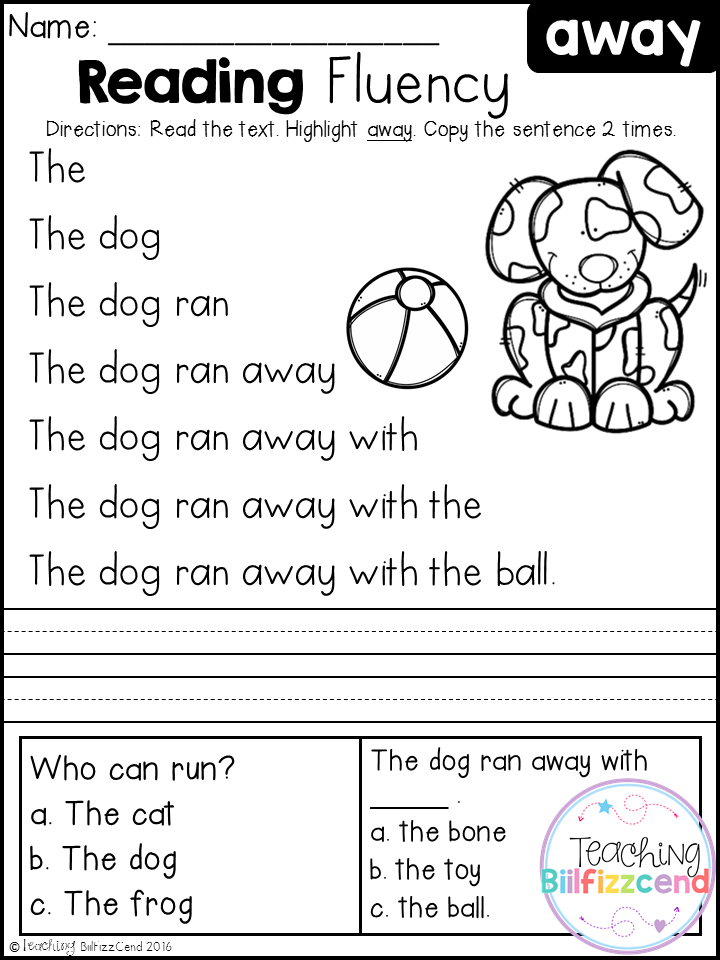 Children from 3 to 5 years - up to 20 minutes. From 5 to 7 years - no more than half an hour.
Children from 3 to 5 years - up to 20 minutes. From 5 to 7 years - no more than half an hour. - 3 The younger the child, the shorter the stories should be and the brighter the drawings. Often, kids will be more fascinated by the drawings than by the content - don't be discouraged and in this case invite the child to tell for himself what the characters in the picture are doing.
- 4 If a child has a favorite passage from a book, always read it when he asks.
- 5 Change the tone and timbre of your voice each time you read. Create voices for each character. Speak in a gentle voice when you read the words of, for example, Little Red Riding Hood, and low - when you read the words of the Wolf.
Pause so that the child is interested to know what will happen next. You can also use gestures, such as patting your baby on the head, to convey any emotion. - 6 You don't have to say all the words out loud.
 You can improvise and try to tell a story based on the pictures in the book. This is especially interesting when you are not reading the book for the first time. By the way, children like to read the same book several times. You can invite them to come up with their own story too - this is good for developing creativity.
You can improvise and try to tell a story based on the pictures in the book. This is especially interesting when you are not reading the book for the first time. By the way, children like to read the same book several times. You can invite them to come up with their own story too - this is good for developing creativity. - 7 Actively involve your child in the process. For example, ask him to turn the page - they can do this from a year and a half. At first, you can help him, but from about three years old, the baby will be able to confidently do this without outside help.
- 8 While reading, you can show your child the words - so the letters will be deposited in his subconscious, and he will quickly learn to read.
- 9 Match the story from the book with reality. For example, if there is a dog in the book, you can compare it to your familiar pet.
- 10 Ask your child questions while reading and encourage him to ask you questions.
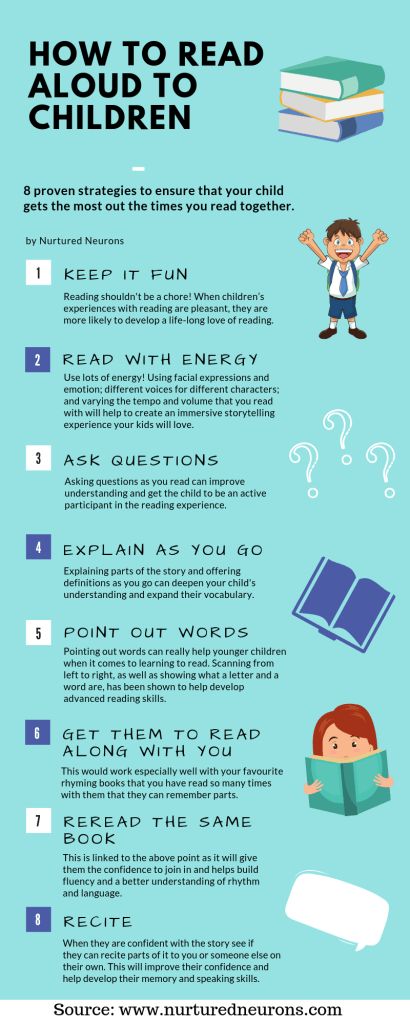 Encourage any opinion of the child.
Encourage any opinion of the child. - 11 After reading the book, you can write the book yourself. Use photos of family members, clippings from magazines, your own drawings - from about three years old, children can come up with their own script.
- 12 Make family reading part of your daily routine. Here you will find tips on how to organize your day to find time to read. By the way, you can tell episodes from the book, for example, in the bathroom when the baby bathes before going to bed.
To make reading productive, divide the process into three stages.
Preparation
Answer the following questions to yourself before reading the book to your child:
- Why did we choose this book?
- Why do I think this book will be interesting?
- Do I know the author? Have I read other books by this author?
- What do they write about the book in reviews?
- Is the book appropriate for the child's age?
- How will it affect the behavior of the child?
- Are the main characters in the book role models?
- Will the child like this story and the author's style?
Reading
As you read, try to learn from your child the answers to the following questions:
- What do you think will happen next?
- How do you think the character handled this situation?
- If you were this character, what would you do?
- If the main character of this story lived next door, would you be friends with him?
- What would you say to him if you met him?
- Who does this character remind you of among your acquaintances?
Analysis
When you have finished reading, ask your child the following questions:
- What is this book about?
- What was your favorite moment in history and why?
- Can you list the heroes of the story?
- Who was your favorite character? Why?
- What problems do the characters face? Who or what caused these problems? How did the heroes solve them?
- Why do you think the author wrote this book?
- If you were to write this book, what would the end be like?
- Would you like to give the book a different title?
- What did you learn from the main character?
- Why did this character do well/badly?
- To whom would you recommend this book?
This is what family reading develops:
- 1 communication skills;
- 2 analytical thinking;
- 3 ability to concentrate;
- 4 curiosity and interest;
- 5 creativity and imagination;
- 6 emotionality;
- 7 relationships between family members.
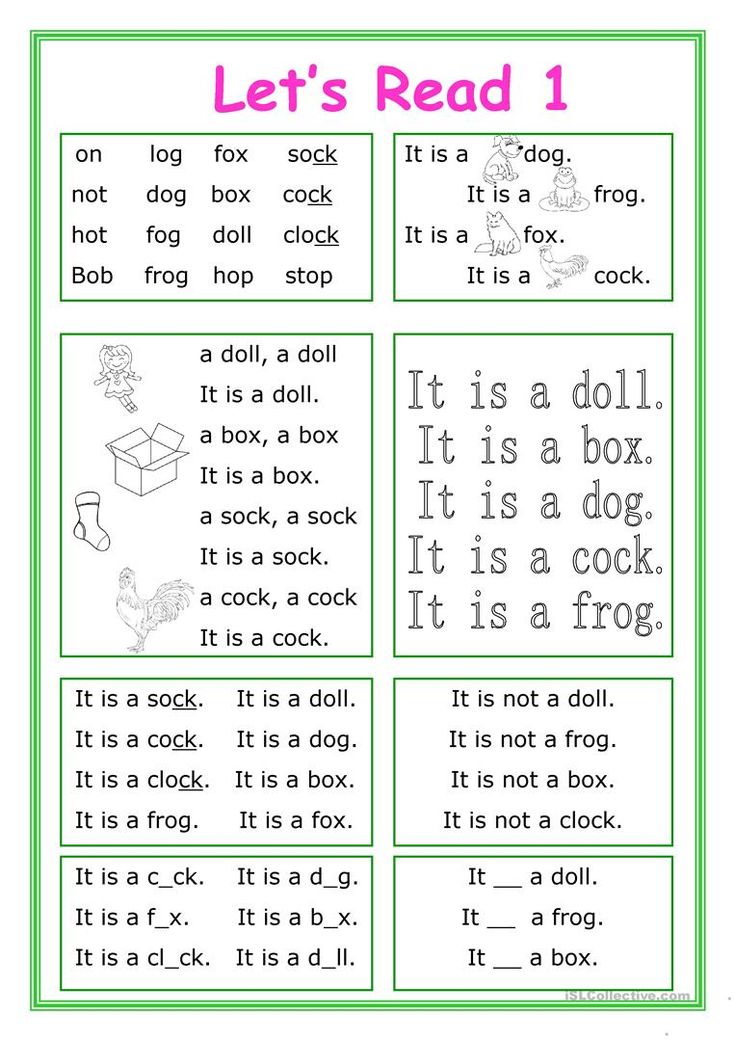
If children's first interactions with books are positive, they are more likely to love reading and want to read on their own once they learn to do so.
(7241)
How to read with children so that everyone is interested: talk about the author and ask questions
Children are given lists of literature for holidays. And not all schoolchildren are happy to read. Our blogger Ekaterina Buneeva tells how to read books with children and make this process interesting and meaningful.
For many years my work has been related to teaching children to read productively. The result of such reading is a full perception and understanding of the text. A competent reader is able to extract all types of information from the text: factual (what is said directly, explicitly), subtext (what the text does not say directly, but is read "between the lines") and conceptual (the main meanings of the text, his so-called main idea). And that is not all. A literate reader reads different texts in different ways, that is, depending on the purpose of reading, he uses the methods of either introductory, or viewing, or studying reading. How to teach this to a child?
A literate reader reads different texts in different ways, that is, depending on the purpose of reading, he uses the methods of either introductory, or viewing, or studying reading. How to teach this to a child?
The technology of productive reading can help here (the authors of the technology are E.V. Buneeva and O.V. Chindilova), which includes 3 stages of working with text and certain methods of working at each of the stages. There are variants of this technology for the work of a teacher with children in the classroom and for individual reading of parents with a child.
I will tell and show with an example how you can read a text (book) with children so that everyone is interested.
1. Work with text (book) before reading
We read the title of the work, the name of the author, we examine the illustrations and / or the cover. Based on this information and our reading experience, we assume what will be discussed. That is, we determine the topic of the text (book), emotional coloring (the text will be cheerful, sad, serious), guess who the characters are, etc.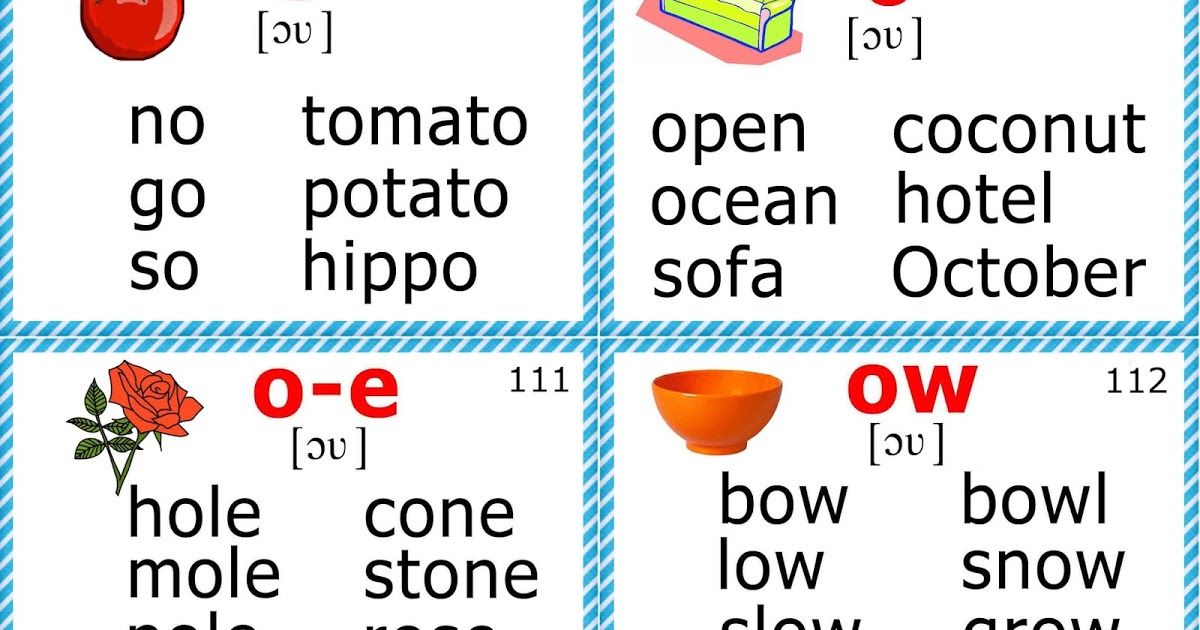 Now we need to read the text and check whether our assumptions were justified. This is how you get motivated to read.
Now we need to read the text and check whether our assumptions were justified. This is how you get motivated to read.
2. Working with text while reading
Reading silently
It is good if the child tries to read the text to himself for the first time. It is very important to understand the need for this (even if at first he does not master the entire text himself, at least a fragment, the very beginning), so that the child gradually gets used to the fact that he will read the texts himself.
An adult can, of course, immediately read aloud, it depends on the characteristics of the text, the age of the child and his individual abilities. But this should not be just voicing, it is necessary to use special techniques during reading: commented reading and dialogue with the author, about them a little later.
Then you need to talk with the child about what he understood and felt, what he thought about. Already at this moment, one can ask which assumptions made before reading the text were confirmed and which were not. First, let's listen to the child, and then express our opinion.
First, let's listen to the child, and then express our opinion.
We read aloud, we have a dialogue with the author of the text
Then follows a “slow” re-reading, during which the actual analysis, deep understanding takes place, and one’s own interpretation of the text arises. If an adult reads the text aloud, then re-reading is not necessary: in the process of reading, he comments on something if necessary and conducts a dialogue with the author, involving the child in it.
The “dialogue with the author” technique (developed by a group of psychologists led by Professor G.G. Granik) suggests that in the process of reading the reader sees hidden questions in the text, formulates them (these are questions to the author), tries to predict the answer , and then, having found the answer in the text, checks himself. And with the help of short comments, you can evoke an emotional reaction and pay attention to important details of the content (the technique is called "commented reading").
Discussing content
Next, we need to talk about the content of the text. When you saw an emotional reaction to the text, made sure that the child understood the text, invite him to expressively read aloud a small passage that he himself chooses. “Reading with expression” means expressing with the help of voice, intonation, logical stress, etc. exactly how you understood the text.
That is why the child must first learn to read the text on his own to himself, then aloud together with an adult, and only then aloud expressively. And an adult can offer his own version of expressive reading later, that is, not before, but after the child (“How interesting you did it! And I would read it like that ...”).
3. After reading
At this stage, it is necessary to discuss what has been read and try together to understand why the author wrote this story (story, fairy tale, play). That is, try to formulate the main meanings of the text. This moment is important: it helps to correlate the reader's interpretation of the child with the objective author's meaning.
Next, it would be good to talk about the writer. If you know any bright, interesting facts of his biography, tell us. And be sure to ask the child what kind of person the author of the read text seems to him: how he relates to people, to life, what he likes and what he does not agree with, does he have a sense of humor, etc.
It is very useful to return to the title and illustrations: discuss the meaning, compare your reader's idea with the artist's vision (after all, the artist is also a reader: before drawing an illustration, he read and understood the text in his own way). You can offer the child a creative task, depending on his inclinations and interests: draw an illustration for a favorite piece of text or a filmstrip for the entire text, retell on behalf of different characters, stage; choose a piece of music that matches the character of the hero.
If a child is just learning to read, they must first go through several very important steps: work on understanding individual words, then sentences, and only then move on to texts.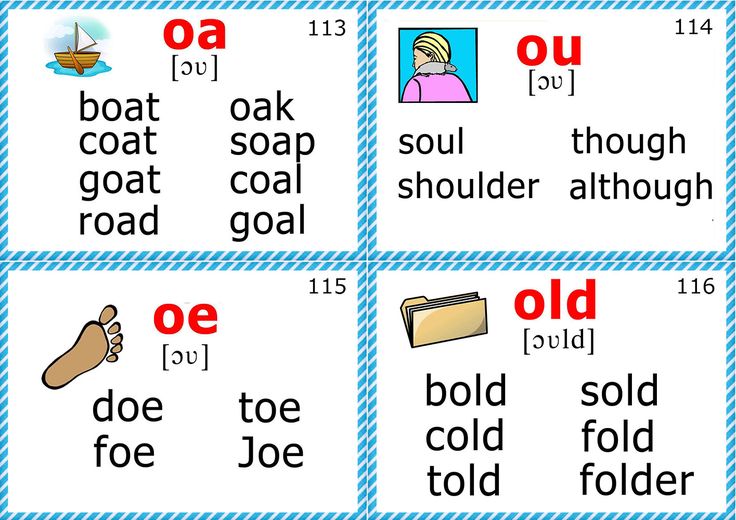
I will show by example how you can read the text together in the technology of productive reading.
Julia Simbirskaya "Who is better?"
Somehow soap, washcloth and Petya gathered for a competition: who will clean up better and faster. Petya splashes - splashes up to the ceiling! The washcloth has taken on water and lies on the water, sways, blows bubbles. And soap let's dive. Foam. Then he lathers a washcloth, then Petya, then a washcloth, then Petya ... The competition is over.
— Well, who did the best cleaning? Petya is clean, ruddy! Washcloth - fluffy, shiny! Where is the soap?
Before reading:
- Read the title. What would you like to ask? What can be assumed?
- Who is the author of the text? Is he familiar to you?
- Look at the illustration. What else can you guess about the content of the text, what can you guess?
While reading
- Read the text silently. Put stress on difficult words.
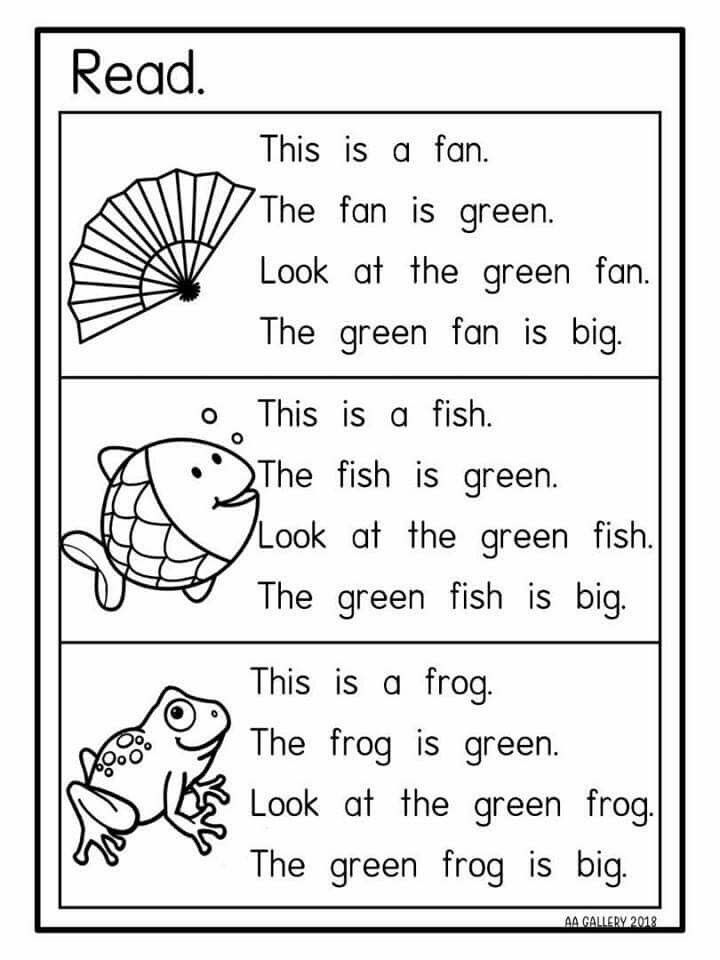 When the child has read, we ask: so who did the best wash, what do you think? We accept the answer, but do not comment
When the child has read, we ask: so who did the best wash, what do you think? We accept the answer, but do not comment - Now read aloud. An adult reads, comments and engages in a dialogue with the author. The motivation for rereading is to check if the child is right. Legend: B - a question to the author of the text; O - the answer of the child, which he assumes; P - check yourself: and here is the answer given by the author of the text.
Somehow soap, washcloth and Petya gathered for a competition: who will clean up better and faster. (Q. I wonder where they gathered? Guessed it? Oh. We accept the child’s answer, but do not comment.) Petya is splashing - splashes up to the ceiling! (Imagine?) The washcloth has taken on water and lies on the water, sways, blows bubbles. (Introduced?) And let's dive soap. Foam. (Q. Why does the soap dive? A. We listen to the child’s answer, but do not comment) It will soap the washcloth, then Petya, then the washcloth, then Petya .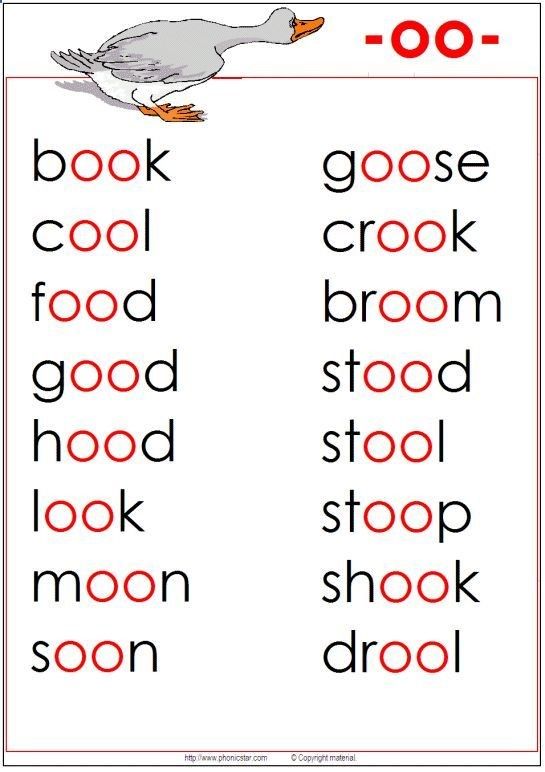 .. (P That’s why the soap dived: to get wet and soap everyone!) The competition is over. - Well, who was the best to clean up? (Can you answer? A. We listen to the child’s answer, but do not comment) Petya is clean, ruddy! (Did you see such Petya?) Washcloth - fluffy, shiny! (Introduced?) And where is the soap? (Really, where? A. We listen to the child's answer.)
.. (P That’s why the soap dived: to get wet and soap everyone!) The competition is over. - Well, who was the best to clean up? (Can you answer? A. We listen to the child’s answer, but do not comment) Petya is clean, ruddy! (Did you see such Petya?) Washcloth - fluffy, shiny! (Introduced?) And where is the soap? (Really, where? A. We listen to the child's answer.)
After reading
- Which sentence most accurately conveys the meaning of this text - answers the question in the title? Choose.
A. Petya and the washcloth washed best of all, because the soap helped them. All well done!
B. It is impossible to determine who is better, because the soap dropped out of the competition.
B. The best soap.
- What does this text tell about the author? (A child can say that Yulia Simbirskaya is cheerful, with a sense of humor, knows how to tell interesting things, knows and understands children - after all, many children do not like to swim, so she came up with such a competition .
